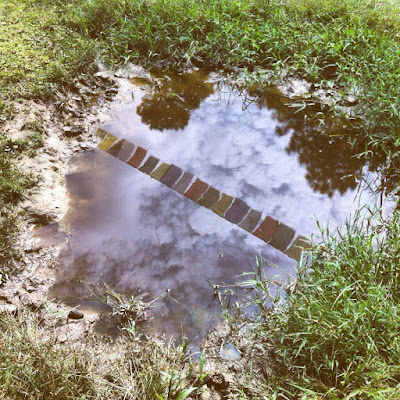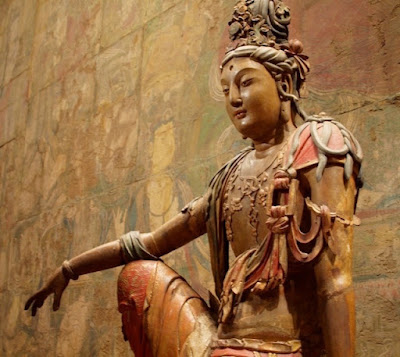Seminar of 2018 in RYI

Every fall, Rangjung Yeshe Institute (RYI) conducts the seminar based on teaching and empowerment from Rinpoches: Chokyi Nyima Rinpoche, Phakchok Rinpoche and Tsikey chokling Rinpoche. This year (2018, Nov 15-21), all old and new disciples of Rinpoches from everywhere throughout the world were participating the seminar. Seminar this year has been exceptionally uncommon for us all on the grounds that Chokyi Nyima Rinpoche has given us extremely significant and down to earth instruction of Dzogchen (great perfection). The teaching was based on the instructions called “naturally liberating whatever you meet” by Khenpo Gangshar Wangpo. Rinpoche guided us through this teaching for ten days. Rinpoche started off from the ten virtuous actions to be embraced and ten non-virtuous actions to be abandoned and finally Rinpoche guided us to recognize our nature of mind. We had Rinpoche teaches us the instruction until lunch break and toward the evening we had lama Tenzin, who guided us









